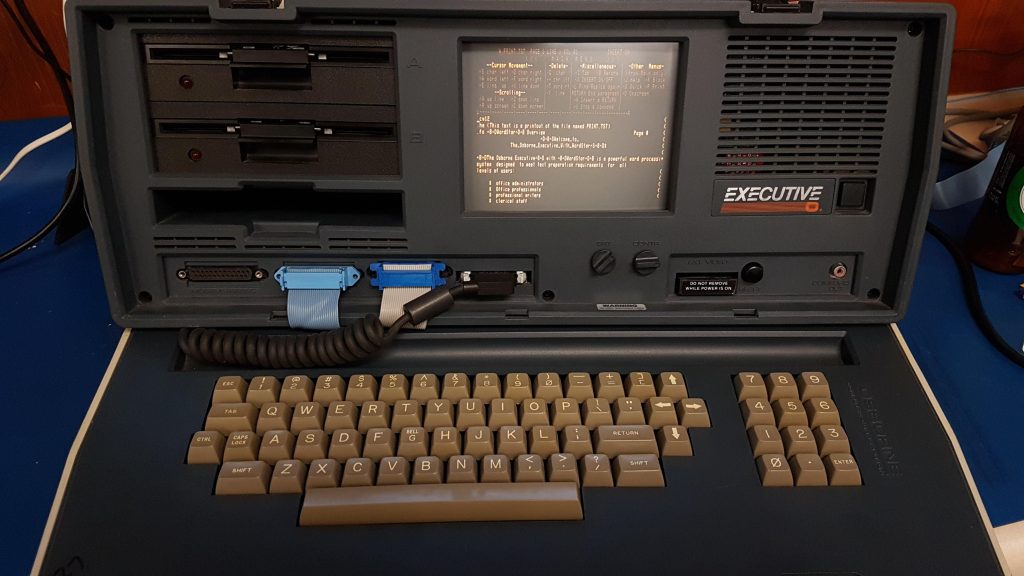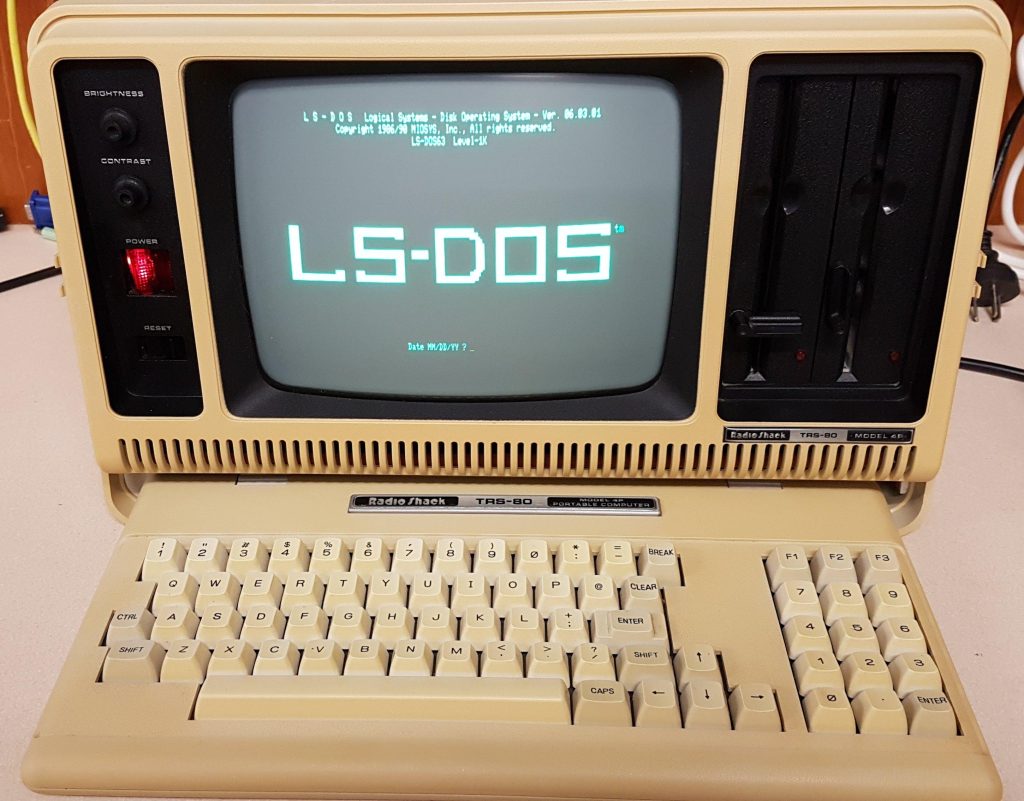The Micropolis disk system uses hard sectored disks. This is particularly challenging for disk imaging systems.
Release 1.20 of Greaseweazle included hard sector support, so i gave it a try. I was able to read and write disk images with moderate success. Without a codec for the disk formats the software could not check each track and retry if necessary.
The Greaseweazle developer, Keir Fraser offered to add the fluxengine codec into the code which he did very rapidly.
I tried it out and found it worked very well.
I did find that some of the default parameters didn’t work well with my drives, but these were changed with the delays option.
The relevant commands are:
| Get help | gw -h |
| Speed test | gw rpm –-drive=0 |
| Head clean | gw clean –-drive=0 |
| Set some safe drive parameters | gw delays –-step=30000 –-settle=10 |
| Reads a micropolis disk into an scp file. The raw option keeps the sector pulses and allows reprocessing. Without the raw option the files are more easily viewed with the HxC tools. | gw read –hard-sectors –-drive=0 –revs=5 –tracks=”c=0-76:h=0″ –-raw %1.scp |
| Writes a micropolis scp file to a disk | gw write –hard-sectors –-drive=0 –tracks=”c=0-76:h=0″ –-raw %1.scp |
| Reads a SS 100TPI 256 byte sector micropolis disk and decodes it into an IMG file. | gw read –hard-sectors –drive=0 –format=micropolis.100tpi.ss –retries=8 %1.img |
| Writes a SS 100TPI 256 byte sector micropolis IMG file to a disk | gw write –hard-sectors –drive=0 –format=micropolis.100tpi.ss –retries=8 %1.img |
| Reads a SS 100TPI 275 byte sector micropolis disk and decodes it into an IMG file. | gw read –hard-sectors –drive=0 –format=micropolis.100tpi.ss.275 –retries=8 %1.img |
| Writes a SS 100TPI 275 byte sector micropolis IMG file to a disk | gw write –hard-sectors –drive=0 –format=micropolis.100tpi.ss.275 –retries=8 %1.img |
CP/M files are read with the 256 byte option format=micropolis.100tpi.ss
When creating the image files, the sector integrity is checked and if the sector is bad it is retried. It was common for multiple retries to be required.
I did try to adjust some parameters (i had to with fluxengine) but i could not get much improvement. Nevertheless, it was quite satisfactory.
The actual system does better, so it often helps to make a fresh copy of a disk on the Sorcerer before trying to image with either FluxEngine or Greaseweazle.
I also tried using Greaseweazle to write micropolis images to soft sectored disks with a Virtual Sector Generator. It also works fine.
What i have not been able to do, so far, is to trick the Sorcerer into using a Gotek/Flashfloppy either with or without the Virtual Sector Generator.
As at V1.22 Greaseweazle includes the micropolis codec.
I use Greaseweazle a lot so i really appreciate the effort that Keir and others have put into its development.









